Perhaps the most ingenious element of TOMB RAIDER: The Ride is just how simple it really is. If you removed all the pomp and circumstance and placed the ride at a local carnival, it would look right at home.

TOMB RAIDER was a HUSS Top Spin – a fairly common, “off-the-shelf” flat ride that your local Six Flags or even state fair probably offers. But it’s not just the theming, synchronized music, water, and fog that gave TOMB RAIDER an edge over its carnival compatriots.
The ride was also big. Huge. Even, gigantic…

While a normal carnival top spin holds 40 riders, lifting them to a height of 50 feet, TOMB RAIDER: The Ride used the world’s first and only Giant Top Spin, a much larger model of the ride holding 77 and reaching heights of 80 feet – absolutely gargantuan, with incredible strength and momentum and stunning adaptability (see the Passholder-exclusive photo of the ride briefly assembled outdoors at HUSS Rides’ facility in Germany for testing.)
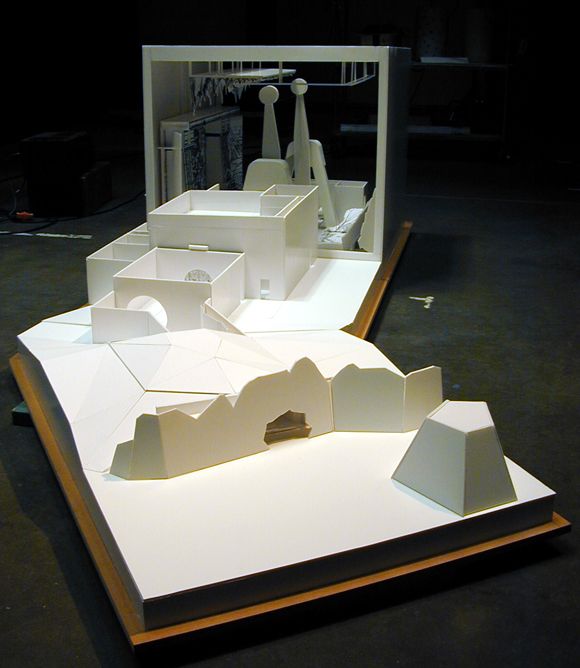
The clever use of such a simple attraction was a pretty innovative way to stun guests. After all, even exiting guests usually couldn’t find a way to explain what exactly they had just ridden. Even guests who had seen a Top Spin before likely wouldn’t know what it was called or how to identify it. And Paramount’s theatrical effects and lighting wizardry kept riders from seeing the chamber or even the physical ride apparatus until the ride started moving.
In fact, during the course of the ride, the adaptability of such a “simple” ride experience turned TOMB RAIDER into not just a thrill, but a show; it positioned riders hanging upside down, catapulted them through weightless airtime hills; “locked” in place for extended centripetal force flips; angled them straight up to gaze into stalactites, and more.
Put simply, TOMB RAIDER: The Ride stood as evidence that with a little theatricality, even a simple and unassuming midway ride could become something tremendous. The patent filed for the impressive and unique ride is a testament to just how extravagent it was. From the queue and preshows to the synchronized musical score and Technifex‘s stunning special effects, TOMB RAIDER: The Ride was above and beyond what anyone could’ve expected from a seasonal amusement park in Ohio.
It seemed too good to be true. Maybe it was… Because today, TOMB RAIDER is missing from Kings Island’s park map. Why? Well, that’s the real tragedy.
Changes
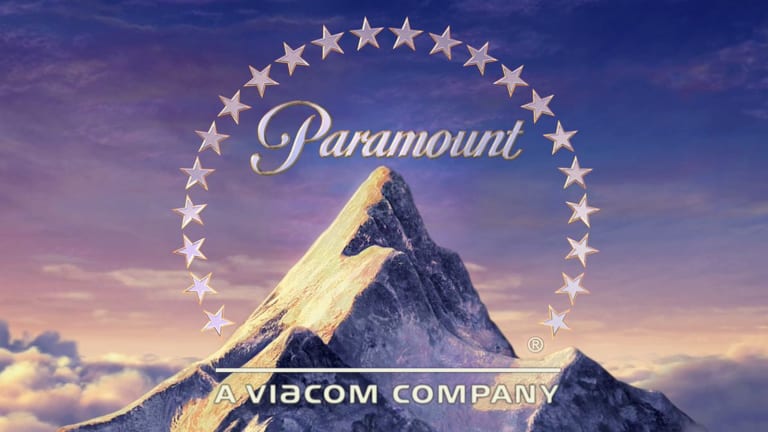
Paramount Communications bought Kings Island (and its sister parks) in 1992. The very next year, Paramount itself was purchased by media conglomerate Viacom. (In retrospect, it was the beginning of today’s media consolidation empire – see, Comcast’s NBCUniversal or The Walt Disney Company’s Marvel, Pixar, Lucasfilm, and 20th Century acqusitions.)
Put simply, Viacom didn’t have much interest in owning or operating the theme parks it inherited.
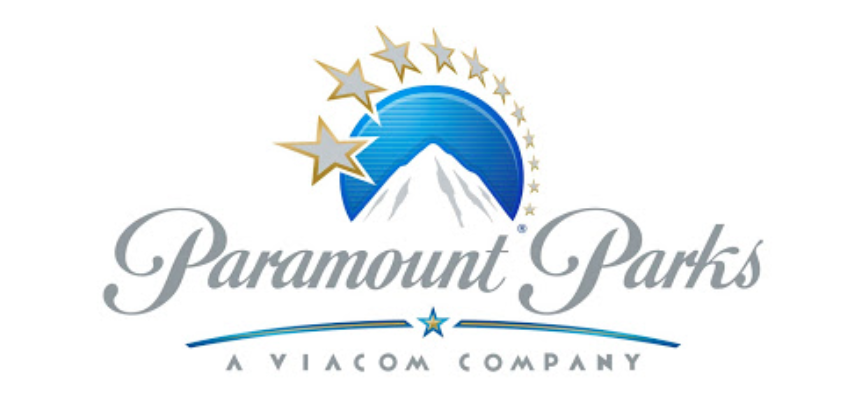
That meant that after just one year of actually belonging to Paramount, the Paramount Parks reported to a new parent company who seemingly had very little idea what to do with them. For example, for a short time, the Parks division was technically under the umbrella of Blockbuster Entertainment (the operators of the video rental chain)! In 2006, Viacom split itself into two new entities: Viacom and CBS Corporation. The parks went to the latter.
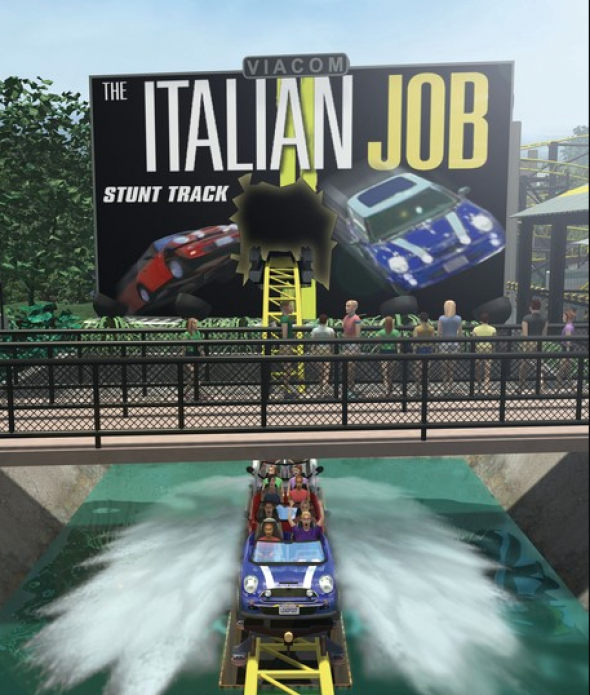
The only company with less interest in running theme parks than Viacom seemed to be CBS. In its final years as “Paramount’s” Kings Island, the park – and its five sisters – endured financial strain, cost-cutting, low-cost attractions, and an era of decisions that seemingly stripped the park of much of its history in favor of quick-fix IP tie-ins and “cheap and cheerful” additions like the Itlain Job: Stunt Track family coaster. It didn’t seem like CBS was planning to support the parks for much longer.
Frankly, that makes sense. With the 2008 financial crisis looming, a number of major changes would come to parks around the globe. Companies who had happily bought into the “theme park craze” kicked off in the ’90s suddenly found themselves with products far afield of their “core assets” with a wave of financial strain en route. For example, American brewery Anheuser-Busch sold its Busch Entertainment division (owners of SeaWorld and Busch Gardens) in 2009, obligated to focus on its actual business: breweries.
Cedar Fair‘s Kings Island
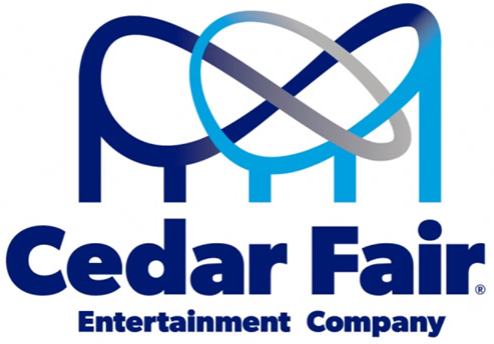
Similarly, neither Viacom nor CBS seemed to think that their parks (although profitable) were essential enough to earn their attention during a Recession, and predictably put the Paramount Parks up for sale in 2005. A company for whom amusement parks are the core assets – Cedar Fair – bit. Allegedly at the whims of then-CEO Dick Kinzel and his affinity for Kings Island specifically, Cedar Fair purchased the five Paramount Parks in 2006 for a staggering $1.24 billion.
Without a doubt, the purchase plunged Cedar Fair into financial devestation just as the financial crisis rolled in… but it also gave the Sandusky, Ohio-based company a monopoly of Ohio’s amusement parks. After all, Paramount’s Kings Island now belonged to the same company as Cedar Point and Geauga Lake – comprised of a full-sized Six Flags and a full-sized SeaWorld near Cleveland that had been combined into one mega-park until Cedar Fair’s purchase.
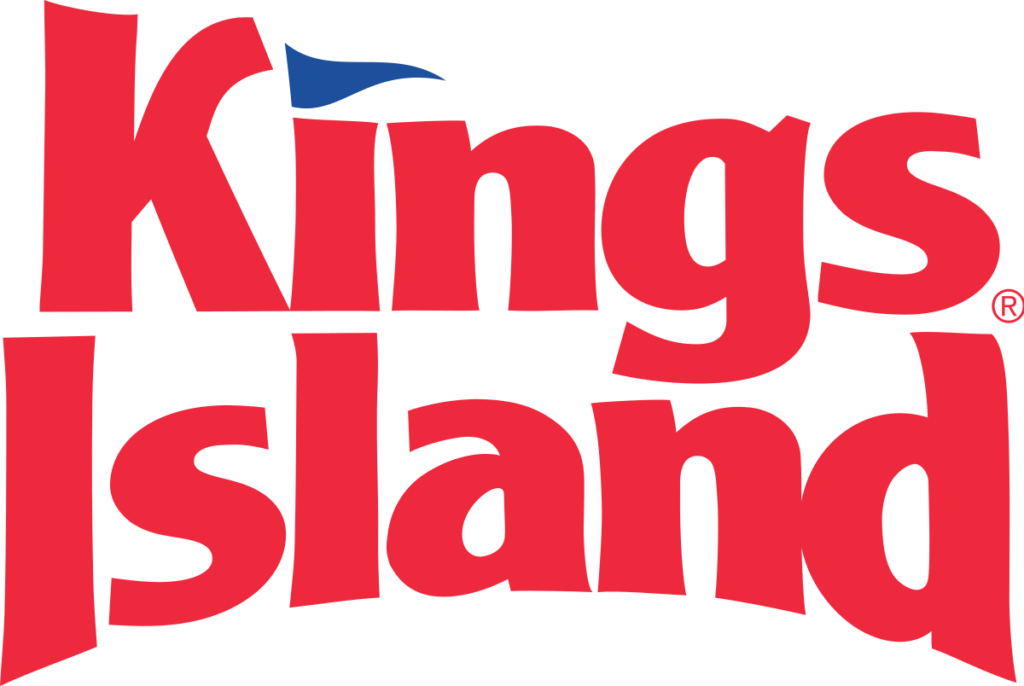
Though the Paramount Parks name and licensing was allegedly available to Cedar Fair (renewably, for a high fee), they decided against its use. When the parks opened in 2007, the “Paramount’s” prefix had been axed. Still, it wasn’t until 2008 that allusions to Paramount and its film franchises had been hastily removed, yielding some admittedly strange and “generic” ride names you might expect as intentionally-humored titles from a B-movie spoof studio:
- Top Gun: The Jet Coaster became Flight Deck (awkwardly opting for the first aviation-themed name they could come up with despite only a few allusions to Top Gun even existing around the ride)
- Drop Zone: Stunt Tower became Drop Tower (an almost-laughably generic name you might expect in Roller Coaster Tycoon)
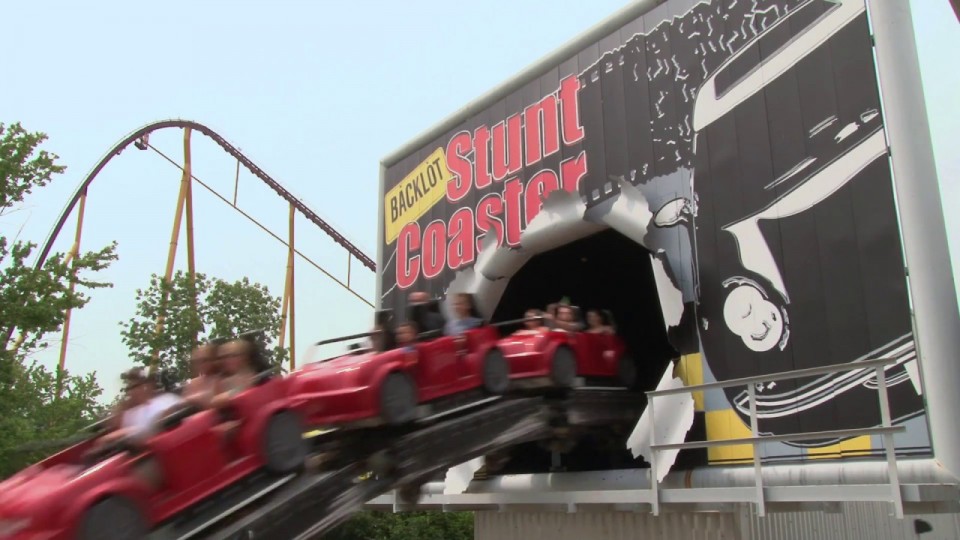
- The Italian Job Stunt Truck became the Backlot Stunt Coaster (stripped of its on-ride audio and MINI Cooper-themed cars, with its special effects left to wither.
- FACE/OFF had it name switched to Invertigo (the name of the roller coaster’s manufacturer model).
And while those frustrating renames were so bland they practically begged long-standing fans of the park to ignore them in favor of Paramount’s former identities, at the end of the day “a rose by any other name” smells just as sweet. But TOMB RAIDER: The Ride’s identity was not so easily squashed… covering up allusions to Paramount’s E-Ticket adventure would be a lesson in heartbreak….
If you’re up for the challenge, read on as we descend one last time into what remained of TOMB RAIDER: The Ride… and why it was shuttered before its tenth anniversary…



